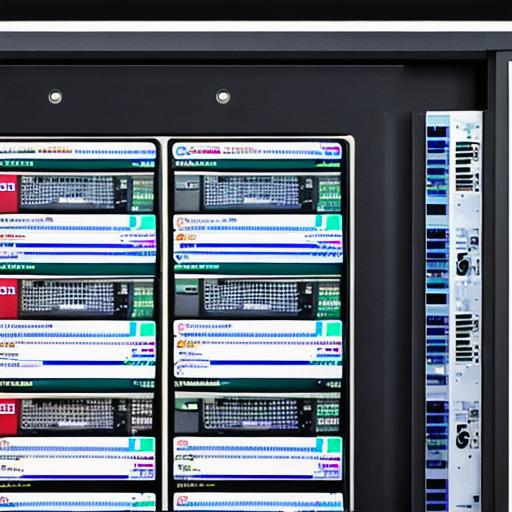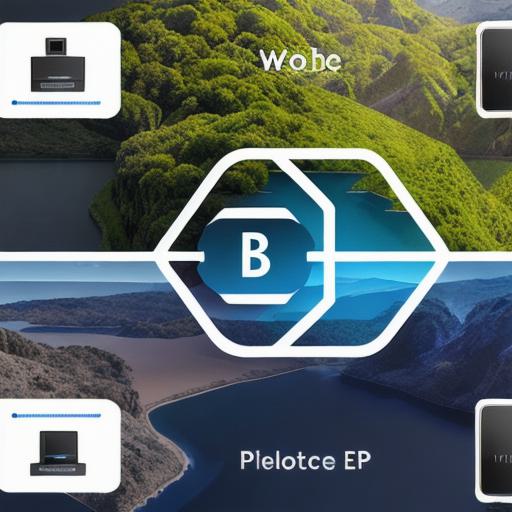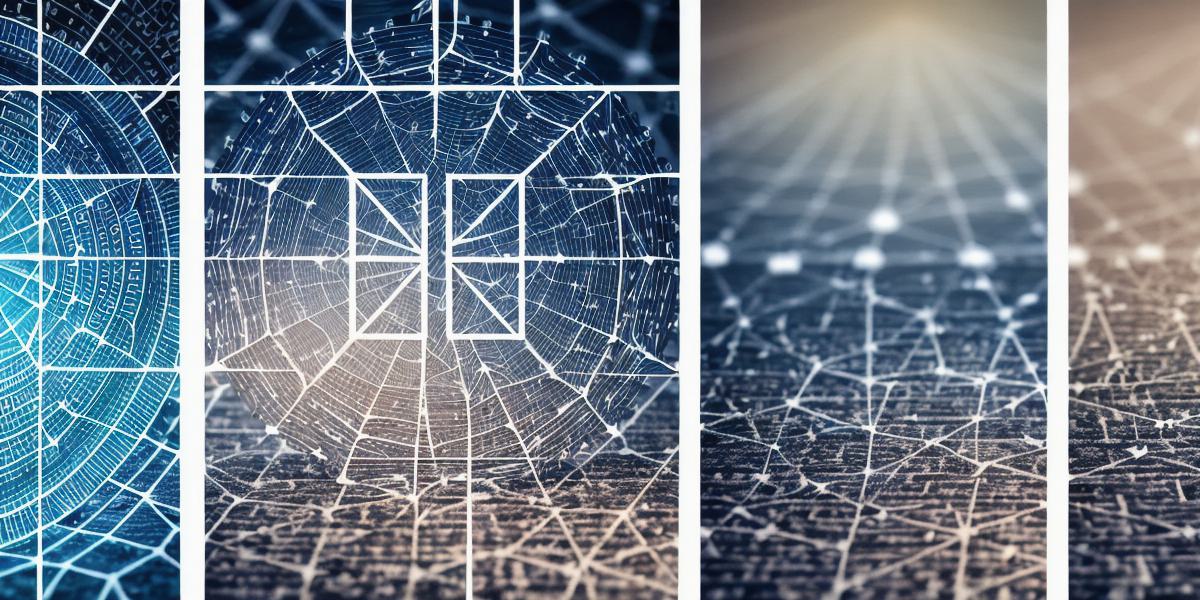Blockchain technology has been around for a while, but it’s only recently that we’ve started hearing about Web3. So, what exactly is Web3 and how does it differ from blockchain technology? In this article, we will explore the distinctions between these two terms and why you should care.
What is Blockchain Technology?
Blockchain technology is a decentralized digital ledger that records transactions across numerous computers in a way that makes them transparent, secure, and immutable. It was initially developed as the underlying technology for Bitcoin, but it has since been adapted for various other use cases such as supply chain management, identity verification, and voting systems.
What is Web3?
Web3 refers to the next evolution of the World Wide Web, which will be built on blockchain technology. It’s a decentralized web that aims to give users more control over their data and online activities. Web3 applications are designed to be open, transparent, and secure, with the goal of creating a more democratic and equitable internet.
The Distinctions between Web3 and Blockchain Technology
While both Web3 and blockchain technology are related, they are not one and the same. Here are some key distinctions between the two:
- Purpose: The purpose of blockchain technology is to provide a secure and transparent way to record transactions. On the other hand, the purpose of Web3 is to create a more decentralized and democratic internet.
- Architecture: Blockchain technology is a specific type of database that uses cryptography to secure its data. Web3, on the other hand, refers to a broader set of technologies and protocols that can be used to build decentralized applications.
- Use Cases: Blockchain technology can be used for a variety of use cases such as supply chain management, identity verification, and voting systems. However, Web3 is specifically designed for building decentralized applications that give users more control over their data and online activities.
Real-Life Examples

Let’s take a look at some real-life examples to illustrate the differences between Web3 and blockchain technology:

- Decentralized Finance (DeFi) Applications: DeFi applications are built on blockchain technology and allow users to access financial services without intermediaries. Examples of DeFi applications include Uniswap, MakerDAO, and Compound.
- Social Media Platforms: Web3-based social media platforms aim to give users more control over their data and online activities. Examples of such platforms include Diaspora and Minds.
- Supply Chain Management: Blockchain technology can be used for supply chain management to provide transparency and traceability of goods. However, Web3 applications can also be used for this purpose by providing a more decentralized and democratic way to manage supply chains.
Expert Opinions
Here’s what some experts have to say about the differences between Web3 and blockchain technology:
- "Web3 is not just about the technology, it’s about a new way of thinking about the internet," said Andreas Antonopoulos, an author and commentator on cryptocurrency and blockchain technology.
- "Blockchain technology can be used for various purposes such as supply chain management, identity verification, and voting systems. However, Web3 is specifically designed to create a more decentralized and democratic internet," said Vitalik Buterin, the co-founder of Ethereum.
Summary
In conclusion, Web3 and blockchain technology are not one and the same, but they are related. While blockchain technology provides a secure and transparent way to record transactions, Web3 aims to create a more decentralized and democratic internet. As we continue to see the evolution of these technologies, it’s important to understand their distinctions and how they can be used to build better applications and systems.
